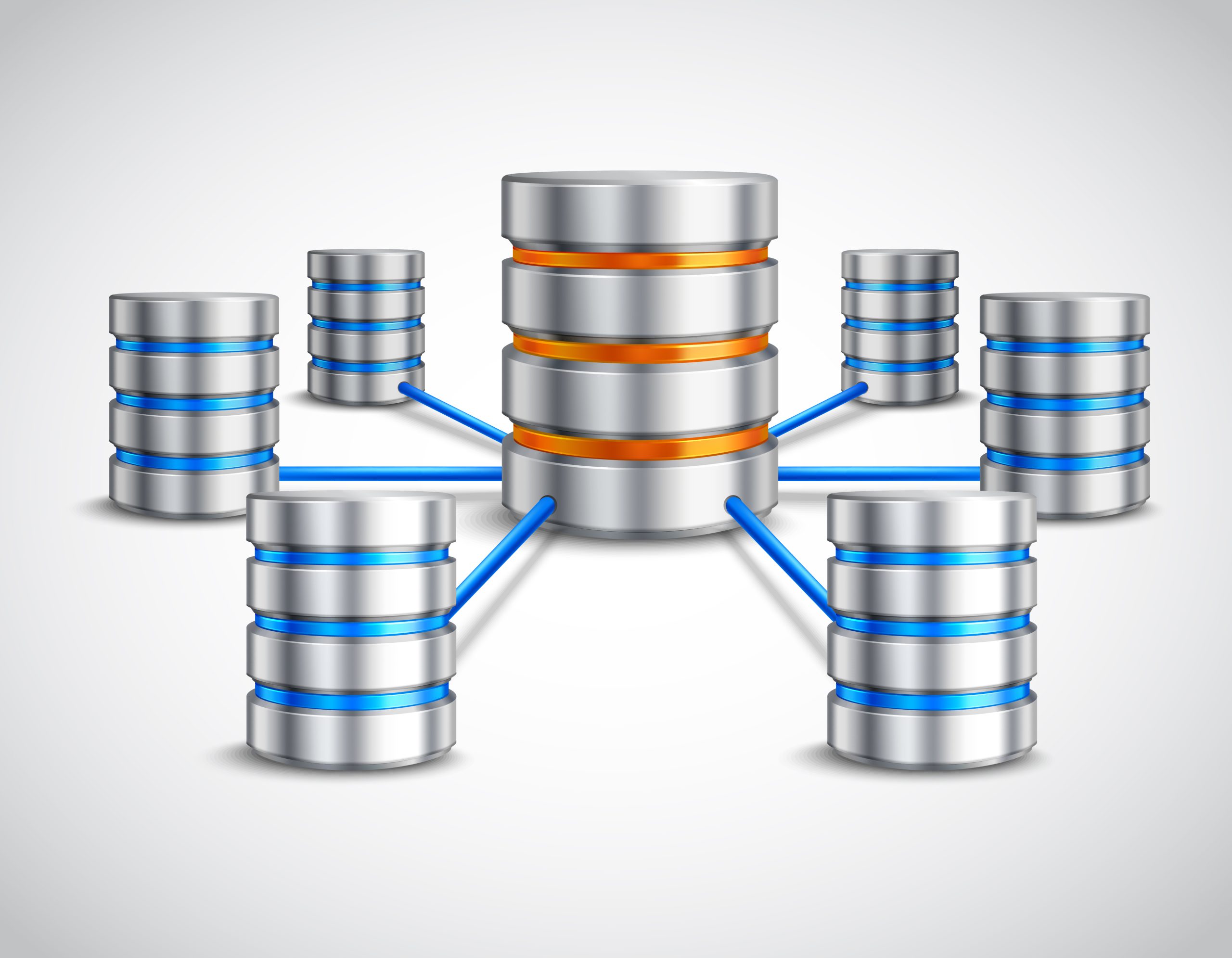Physical Address
60 Ekwema Cres, Layout 460281, Imo
Physical Address
60 Ekwema Cres, Layout 460281, Imo

The database management world makes use of different structures to organize and manage data efficiently. One such structure is the Network Database Model. The model, popular in the 1960s and 1970s, was one way to handle relationships between data that were more complex than what traditional models-such as the hierarchical database model-could manage.
In this writing, you will understand the concept of the network database model, how it works, its benefits and challenges, examples, and its usage in networking will be discussed.
The Network Database Model is a structure of a database in which data is maintained through a collection of records and links that form a network. While, in the hierarchical model, data flows in one direction, like a tree, in a network model, relationships between records can be many-to-many.
In this model, each unit of data – called a “record”-can have multiple parent and child records. These relationships are called “pointers” and they provide flexible data retrieval.
For example, consider the database of a university in which one student can enroll in several courses and each course can include several students. Such kinds of relationships are handled without redundancy by a network model, hence are suitable in cases of complicated relationships among entities.
Also read: My Network is Slow: How to Boost Your Network in Nigeria
The Network Data Model works by organizing data into two major components: records and relationships.
Records: These are the entities or objects in the database. Examples could be books, authors, and borrowers in a library database.
Relationships: These are the connections or links that happen between records. For instance, a book can be related to an author and a borrower at the same time.
For this to work, the Network model uses pointers or links that establish relationships between records. These are multiple parent-child relationships, so instead of a single tree, it is more like the structure of a graph. Queries in this model traverse these pointers to fetch related records efficiently.
For instance, to locate all books lent out to a given borrower, the database system would follow the pointers starting from a record of the borrower to those records of the related books. Conversely, you can also get all borrowers of a specific book by navigating in the other direction.
A Network Data Model has several advantages, especially in applications involving complex relationships.
The model handles many-to-many relationships with ease; it is ideal for databases where entities are interconnected in complicated ways.
Since the relationships are well defined through the pointers, there is no need to store similar data multiple times. This reduces duplication, hence saving storage.
Pointers allow quick navigation between related records, and data retrieval rates become fast, unlike in models that require multiple searches or joins.
The network model is capable of handling a wide range of relationships that can be applied on various levels of real-world scenarios such as organizational structures, supply chains, and customer relationships.
The Network Data Model, although strong, also contains its own issues that make it less usable for certain situations.
The setup and maintenance of the pointers that define relationships can be complicated and hence time-consuming. Most changes to the structure of the database require the updating of pointers, which can be a real hassle.
This model requires a special kind of knowledge on the part of developers and database administrators because it requires them to understand how the pointers and relationships work.
The model usually relies on proprietary database query languages that are not as flexible or even difficult to use compared to standard languages such as SQL.
The number of pointers may grow significantly along with the growth in data size, which could influence performance and storage requirements.
Read also: Here is the Difference between the Internet, Extranet and Intranet
A few real-world examples and implementations of the Network Data Model are listed below:
One of the first implementations of the network model, IDS was built for handling very large and complex databases.
A commercial implementation of a network model, highly popular and used in several enterprise applications to represent hierarchical and networked relationships.
These are often network model databases that manage the complex relationships of products, supplier data, and logistics.
Telecom companies use network databases to map and manage connections between nodes, such as phones, towers, and services.
In networking, the network model refers to the conceptual model employed to define the way data would be transmitted between the several devices participating in a network. This is entirely different from the database model but conveys similarities in the concept of relationships.
For example, the OSI Model is an Open Systems Interconnection model that organizes network processes in a series of seven layers, including physical, data link, and application layers. Though unrelated to databases, both provide a plan for effective organization and administration of the connections involved.
At times, databases coincide with network systems, for example, network management systems that keep track of the configurations of various devices and the relationships between them.
Also see: Latest Update on How to Setup SpaceX Starlink in Nigeria
Charles Bachman
relational, hierarchical, and network database.
it is complex and difficult to design, implement, and maintain.
The main role of the Network Database Model is to manage complex relationships between data. Records and pointers are utilized in it, thereby allowing many-to-many connections and flexibility in representation efficiently for real-life scenarios. It requires expertise to manage and has its challenges in design complexity and maintenance overhead.
Understanding this model is important for anyone working with databases that require complex relationships, such as in supply chains, telecommunications, or organizational systems. Though it is perhaps not the easiest to use, its benefits make it powerful for specific uses.